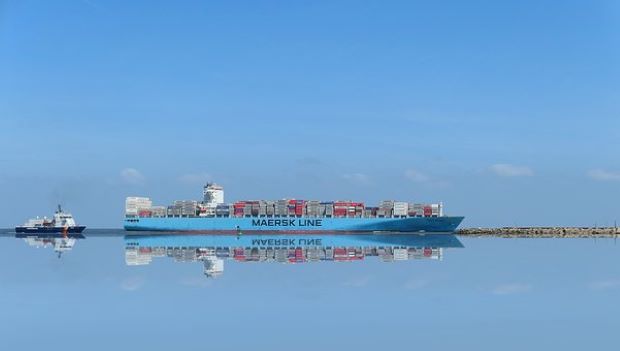 March 22, 2023 - By: Viktoriia Mikhalchuk
March 22, 2023 - By: Viktoriia Mikhalchuk
The structure of global supply chains is changing dramatically
According to company research by the European Bank for Reconstruction and Development, instead of sourcing more components domestically or from friendly countries, companies began to purchase more materials from suppliers in different countries and stockpile them. They point to major reshuffles in the global supply chain.
Since the 1990s, international trade has developed significantly thanks to trade reforms and innovations in telecommunications and logistics.
However, recent supply disruptions caused by the COVID-19 pandemic, port congestion during post-pandemic recovery, the blockade of the Suez Canal, and Russia’s invasion of Ukraine have exposed inherent vulnerabilities in supply chains, causing global chain reshuffles. Disruptions are commonplace and a major source of uncertainty for companies and investors. However, most companies have taken steps to improve the sustainability of their supply chains.
The European Bank for Reconstruction and Development (EBRD) conducted a short telephone survey between May and July 2022, during which 815 companies that are direct exporters and importers from 15 countries were interviewed:
Bosnia and Herzegovina, Bulgaria, Croatia, the Czech Republic, Estonia , Hungary, Lithuania, Morocco, Poland, Romania, Serbia, Slovakia, Slovenia, Tunisia and Turkey.
More than three-quarters of these companies have experienced at least one disruption in the supply of production materials since the start of the pandemic.
It is important to note that these disruptions were not only caused by China.
More than half of companies reported shipping problems, half experienced supply disruptions from non-Chinese suppliers, and 41 percent experienced supply disruptions from wholesalers or manufacturers with whom they did not have long-term contracts.
Companies are adapting to the situation by changing the structure of their supply chains.An EBRD study found that more than three-quarters of all companies involved in global supply chains have implemented at least one measure to improve the sustainability of their supply chains.
The most common action was to increase material inventories (moving from a just-in-time strategy to a just-in-case strategy) followed by diversification of the supplier base (changing the structure of the global supply chain). The majority of new suppliers are located abroad, and only a fifth of companies have switched from an international supplier to a local supplier.
Despite the disruptions caused by the pandemic, some companies have abandoned Chinese suppliers.
Instead, companies with suppliers in China were more likely to invest in digital technologies, increase material inventories, or start sourcing the same materials from more suppliers. In other words, they were inclined to change the structure of their global supply chains.
Similar trends were observed in Germany.
More than 87 percent of these companies have taken steps to make their supply chains more sustainable. Like other companies from the EBRD regions, German companies mainly chose those measures that could be implemented quickly: increasing material stocks (68 percent of companies) and diversifying the supplier base (65 percent).
More than half have improved the monitoring of their supply chains, and more than a third have changed their relationships with suppliers. At the same time, 13 percent tried to produce in-house materials that were previously outsourced to independent suppliers, thereby increasing the vertical integration of production through insourcing.Such trends are likely to persist.
In the next 12 months, almost half of German manufacturing companies plan to find additional suppliers, and more than a third want to increase material stocks (Aksoi et al. 2022). Every third company intends to redistribute between existing suppliers in the future.
Interruptions in the supply of production materials
More than half of the surveyed companies* in the EBRD regions experienced supply disruptions due to transport problems:
-problems with transport
-failures caused by non-Chinese suppliers
-failures caused by manufacturers with whom a long-term contract is not concluded
-supply disruptions indirectly related to the invasion of Ukraine
-disruptions caused by sanctions
-failures caused by suppliers from China
-extreme weather events
-failures caused by suppliers from Russia, Belarus or Ukraine
-other unexpected events
Countermeasures to increase the resilience of supply chains
More than 3/4 of the companies surveyed have taken steps to improve supply chain sustainability:
-increased stock of materials
-purchasing the same material from multiple suppliers
-improved or digitized inventory/goods tracking
-replacing a foreign supplier with a domestic one
-change of main supplier
-rejection of a supplier from China
-refusal of a supplier from Russia
-refusal of a supplier from Belarus
-other measures
Leave a comment